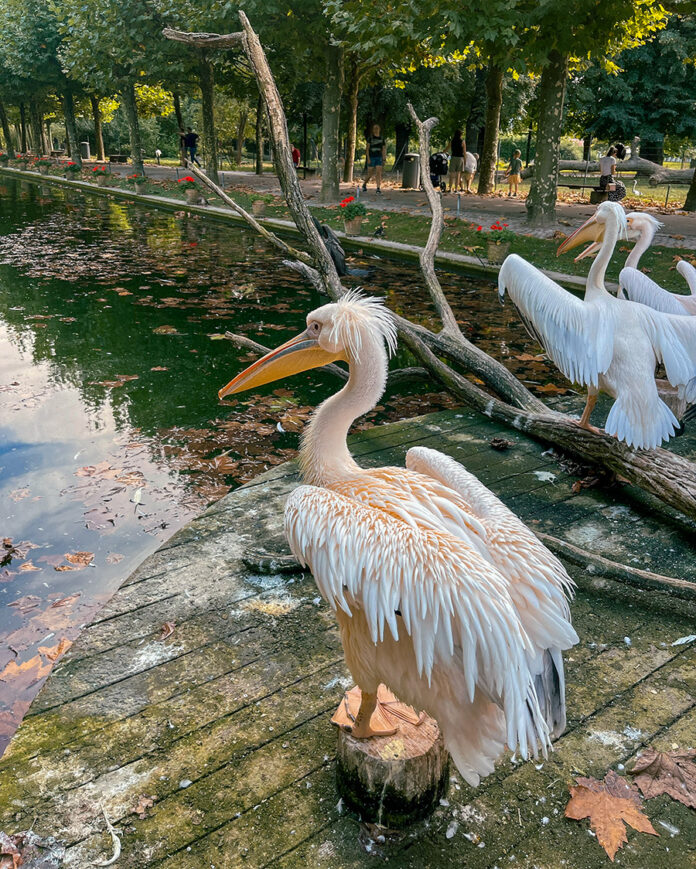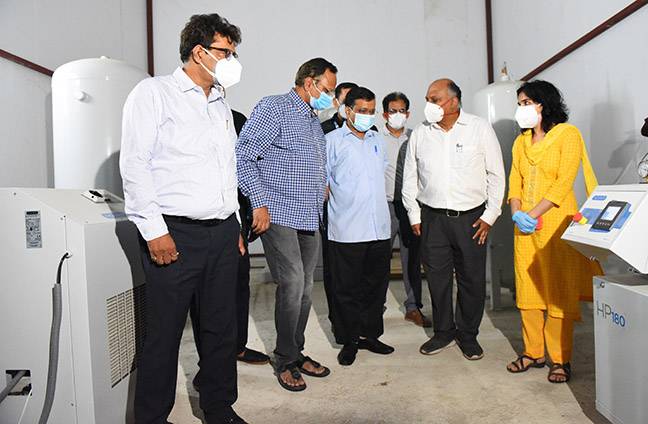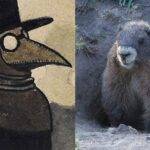Contents
Wilhelma Stuttgart Zoo attractions
Wilhelma Zoo Stuttgart stands out as a top destination with its unique blend of zoological and botanical attractions. Recent Zoo Stuttgart Wilhelma reviews praise its impressive range of animals and beautiful gardens. As a leading Stuttgart Zoo attraction, Wilhelma is especially noted for its success in endangered species breeding Wilhelma, including gorillas. Discover why Wilhelma Zoo Stuttgart is a must-visit for animal and plant enthusiasts.
As the only zoological-botanical garden in Germany, the Wilhelma offers a spectacular insight into flora and fauna with more than 8222 animals and 7,000 plant species and Species focus is on Southeast Asia. It is the most species-rich zoo in Germany after the Berlin Zoological Garden with 1,504 species.
Interesting stories about Zoo Stuttgart Wilhelma and attractions
- From the Royal Palace to the Zoo: Wilhelma was never meant to be a zoo. It was built in the mid-nineteenth century as a royal pleasure garden for King Wilhelm I of Württemberg, who desired a Moorish-style palace inspired by the Alhambra in Spain. The palace grounds, which featured lush gardens and exotic plants, were eventually transformed into a public botanical garden. Wilhelma did not become an official zoo until after World War II, when it combined animals and plants in one location.

Aquarium is one of the most beautiful Zoo attractions at Wilhelma Stuttgart - A rare and exotic garden: Wilhelma differs from other zoos in that it combines zoological and botanical attractions. It supports over 1,200 animal species and 7,000 plant species. This combination is unique in Europe, and visitors can wander through the Moorish garden courtyards, greenhouses, and pavilions filled with exotic plants while watching a variety of animals.

Exotic Butterfly at Wilhelma Zoo Stuttgart. Wilhelma Stuttgart Zoo attractions - Breeding Endangered species.
Wilhelma is well-known for its successful breeding programs of endangered species, particularly gorillas. It is actually home to one of Europe’s most important gorilla breeding centres. The zoo has made significant contributions to the global conservation of these critically endangered primates. Wilhelma has recently seen the birth of several baby gorillas, enhancing the zoo’s global reputation.
Alligator at Wilhelma Zoo Stuttgart. Wilhelma Stuttgart Zoo attractions - The Elephant Baby Boom.
Wilhelma made headlines in the 2000s for having a lot of elephant babies. The zoo welcomed several baby elephants in a short period of time, delighting visitors and increasing the population of these majestic animals. This success in elephant breeding emphasised the zoo’s efforts in animal conservation. - Greenhouse and Exotic Plants
Wilhelma’s botanical side is a main attraction. Its extensive greenhouses house rare and exotic plants ranging from tropical orchids to giant Amazonian water lilies. Some plants have been in the garden for more than a century, making the greenhouses a living museum of plant diversity. - Polar Bear Fame
Wilhelma rose to international prominence in 2008 after giving birth to a polar bear named Wilbär. Wilbär, like the well-known polar bear “Knut” from the Berlin Zoo, has captured the hearts of animal lovers around the world. He became a symbol of Wilhelma’s successful breeding programs and animal welfare.
How to Reach Wilhelma Zoo: A Guide for Visitors
Wilhelma Zoo, located in Stuttgart, is easily accessible by both public transport and car. Here’s a quick guide for visitors:
Getting There by Public Transport
Wilhelma Zoo is well-connected via bus and tram lines:
- Tram Lines U13, U14, U16: Visitors can use these tram lines and get off at the “Wilhelma” stop, which is conveniently located right in front of the main entrance.
- Tram Lines U13, U16: An alternative stop is “Rosensteinbrücke”, just a short 250-meter walk to the main entrance.
- Bus Lines 52 and 56: These buses also stop at “Rosensteinbrücke”, providing easy access within 250 meters of the zoo’s entrance.
Arriving by Car
For those driving to Wilhelma, the access roads are marked with a black elephant symbol from the Stuttgart city limits. Here’s how to reach the zoo from different directions:
- From Heilbronn/Würzburg (A 81): Exit at Zuffenhausen (Exit No. 17), then follow the B 10 and Neckartalstraße towards the city until you reach Wilhelma.
- From Ulm/Munich (A 8): Exit at Wendlingen (Exit No. 55) and follow the B 313, then B 10 toward Stuttgart until you arrive at the zoo.
- From Singen (A 81): At Stuttgart motorway junction (Exit No. 20), follow the A 831/B 14 toward the city until you reach Wilhelma.
- From Karlsruhe (A 8): Exit at Stuttgart-Vaihingen (Exit No. 51), then follow the A 831/B 14 into the city, leading directly to the zoo.
Zoo Stuttgart Wilhelma reviews by Visitors
According to one recent visitor review, the zoo offers an “incredible” variety of animals and marine life, while the exhibits are well-presented and the beautifully designed gardens are in “great condition.”

The reviewer praised the overall experience, stating the zoo is “highly recommended for several hours of exploration,” emphasizing that the combination of wildlife and horticultural attractions makes for an enriching and enjoyable day out.
However, one downside noted in the review is the high cost of food and beverages within the park. The visitor remarked that while the zoo excels in its exhibits and landscaping, the pricey food options slightly dampened the experience.
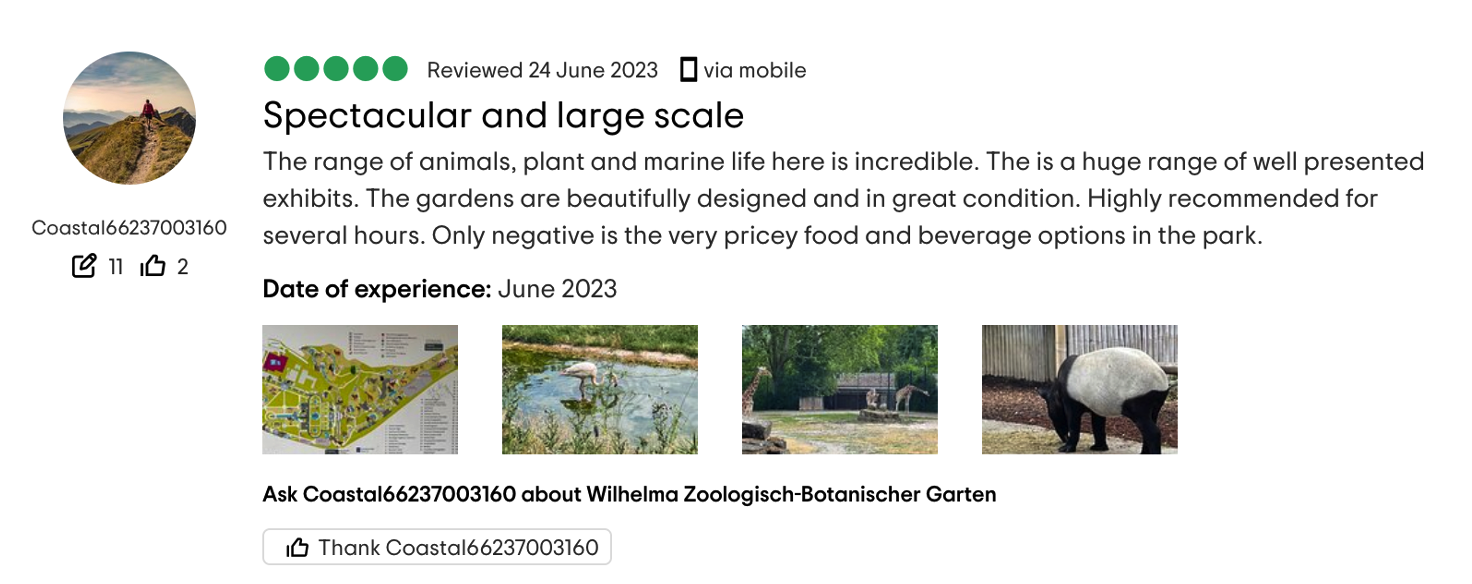
Animal Enclosures: Some guests have complained about the size and condition of certain animal enclosures, believing that they are too small or outdated for the animals’ well-being, particularly large animals such as giraffes and deer.
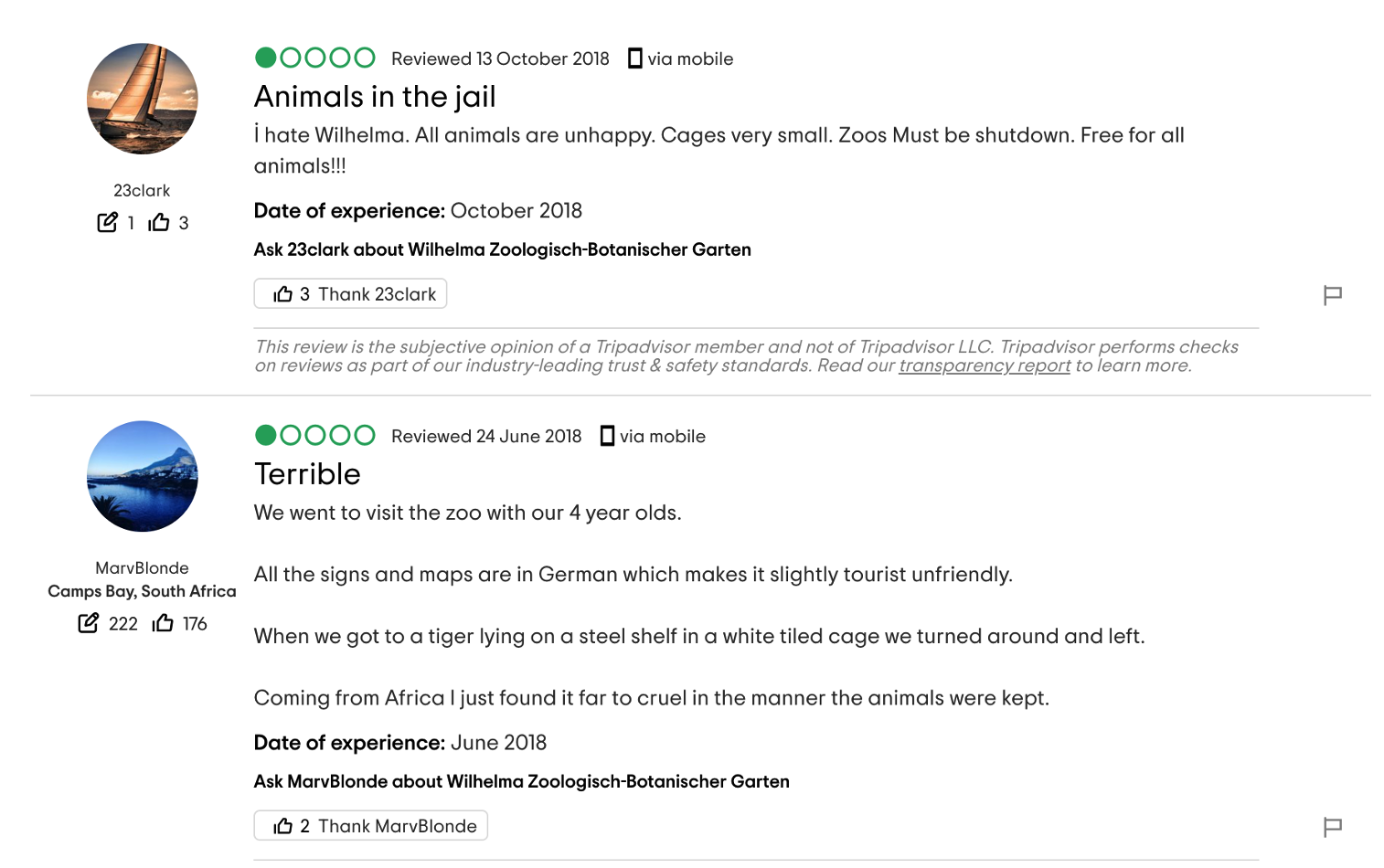
A visitor to Zoo Stuttgart Wilhelma left a positive review, praising the zoo’s well-kept animals and clean enclosures. The reviewer noted that the animals appeared healthy and stress-free, which contributed to the zoo’s relaxing atmosphere. The zoo’s layout was described as meandering, providing a relaxing and enjoyable outing for visitors of all ages.
A helpful tip shared by the visitor is to buy tickets online because the park limits the number of visitors allowed at once. Without prior reservation, guests may be asked to return after 3 p.m. to avoid overcrowding. Furthermore, parking at the zoo costs 5 euros, but the metro stop near the entrance is recommended as a convenient alternative due to ongoing construction in the area.
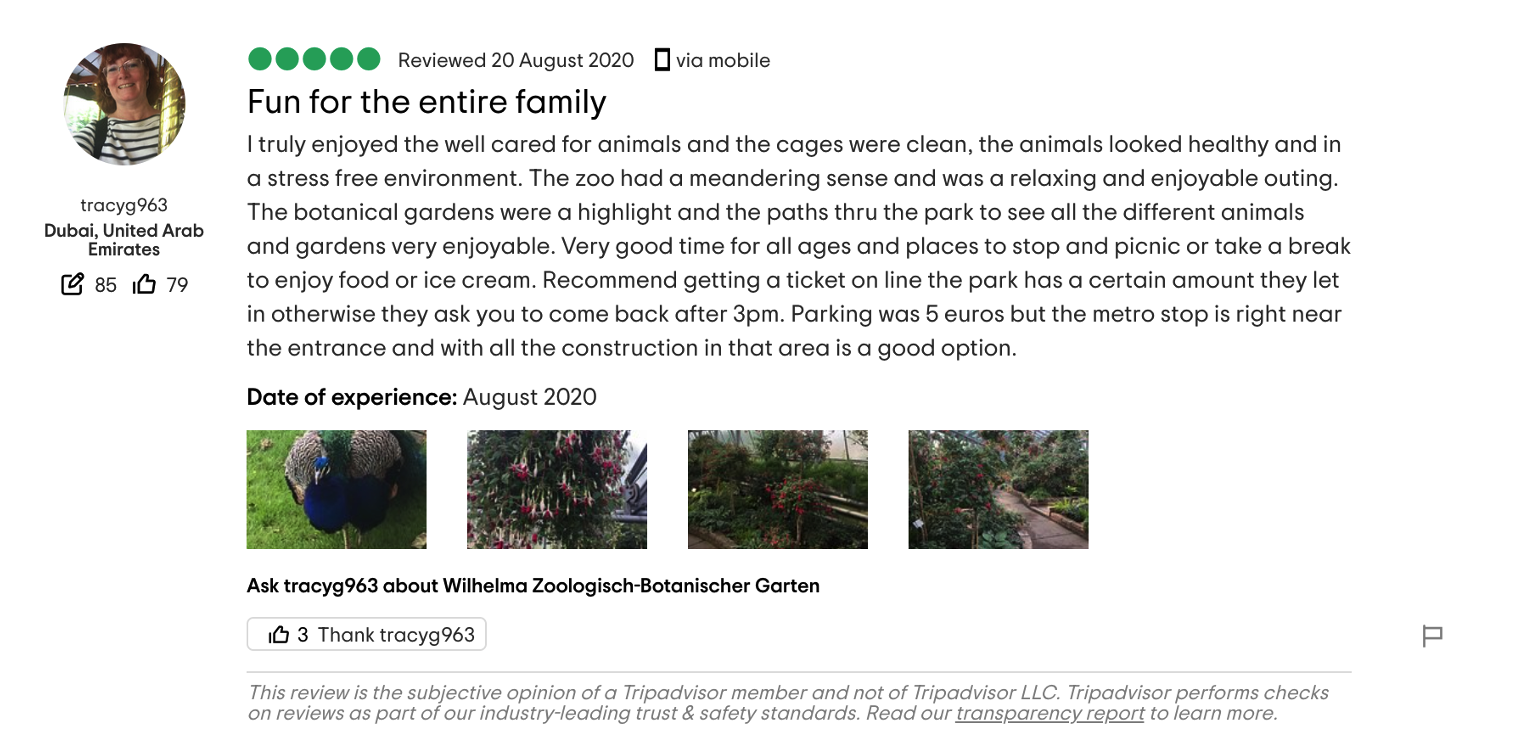
A common complaint about Zoo Stuttgart Wilhelma is that the majority of the signs, maps, and information displays are only in German, making the experience difficult for non-German-speaking visitors. Without translations or multilingual guides, international visitors may struggle to navigate the zoo, comprehend the educational information about the animals, and fully enjoy the exhibits.
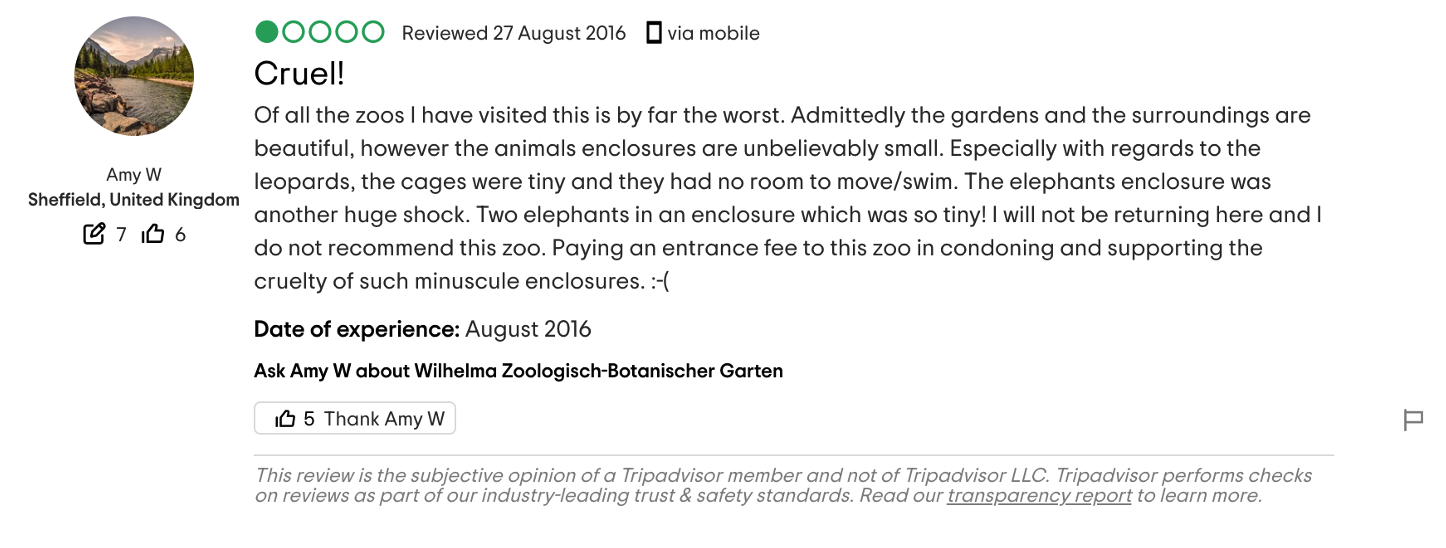
One of the most frequent criticisms is that the enclosures, particularly for larger animals like leopards, are unbelievably small. These cramped spaces limit the animals’ ability to move freely, leading to concerns about their welfare. For instance, leopards, which are agile and active animals, are often seen in small cages, with little space to roam or swim.
As a reporter, we recently visited Zoo Stuttgart Wilhelma, We were struck by the impressive architecture at the zoo’s entrance and the stunning array of plant species on display. The gardens are impeccably maintained, and I’ve rarely seen such a beautiful collection of plants in any other zoo. It’s clear that the botanical aspect of Wilhelma is a major strength and adds to the overall visitor experience.

However, while the landscaping is exceptional, there are significant concerns regarding the animal enclosures, particularly for the larger animals like giraffes. The cages are noticeably small, which raises questions about the animals’ welfare. It was truly disheartening to witness such majestic creatures confined in spaces that appear too restrictive for their needs.
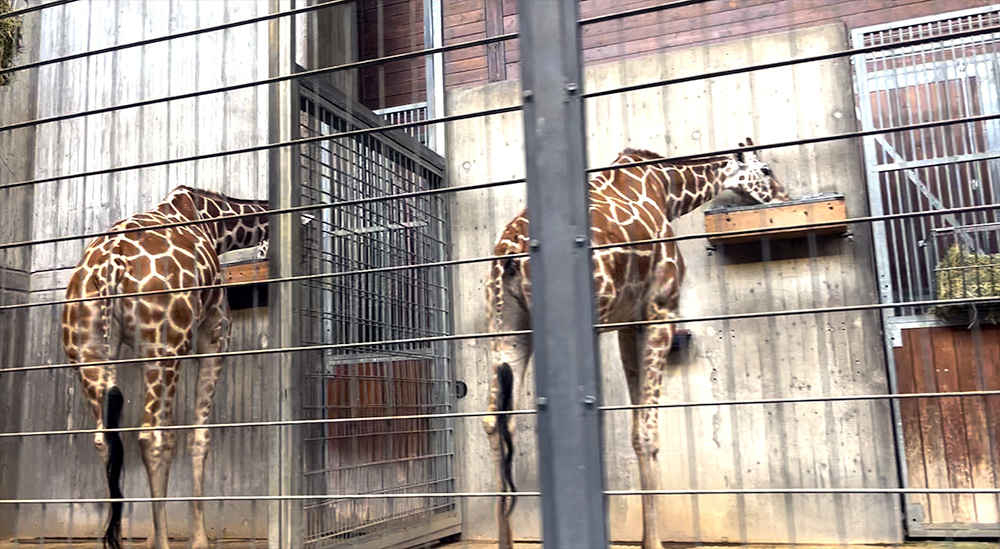
Comparing this to the enclosures at the Berlin Zoo, where large animals like giraffes have much more space to move and roam freely, it’s evident that changes are needed at Wilhelma. We hope the zoo authorities take these concerns seriously and consider upgrading the enclosures, especially for big animals, to ensure they live in more natural and comfortable conditions.


